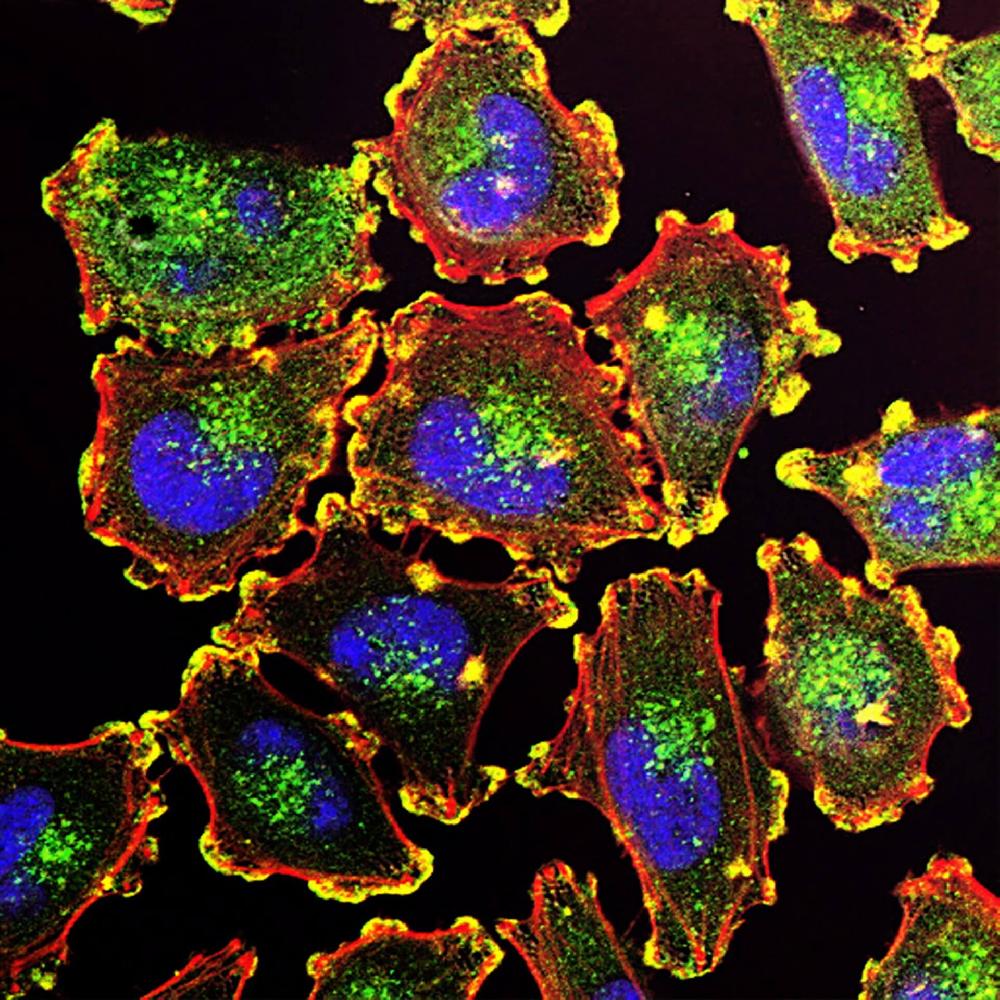This website uses cookies to ensure you get the best experience on our website.
- Table of Contents

Facts about Serine/threonine-protein kinase WNK1.

Controls sodium and chloride ion transport by inhibiting the activity of WNK4, by either phosphorylating the kinase or via an interaction between WNK4 and the autoinhibitory domain of WNK1. WNK4 regulates the activity of the thiazide- sensitive Na-Cl cotransporter, SLC12A3, by phosphorylation.
| Human | |
|---|---|
| Gene Name: | WNK1 |
| Uniprot: | Q9H4A3 |
| Entrez: | 65125 |

| Belongs to: |
|---|
| protein kinase superfamily |

EC 2.7.11; EC 2.7.11.1; Erythrocyte 65 kDa protein; HSAN2hereditary sensory neuropathy, type II; HSN2MGC163339; hWNK1; KDP; KDPMGC163341; KIAA0344; Kinase deficient protein; p65; PHA2C; PRKWNK1; PRKWNK1PSK; prostate-derived sterile 20-like kinase; Protein kinase lysine-deficient 1; Protein kinase with no lysine 1; protein kinase, lysine deficient 1; serine/threonine-protein kinase WNK1; WNK lysine deficient protein kinase 1; WNK1
Mass (kDA):
250.794 kDA

| Human | |
|---|---|
| Location: | 12p13.33 |
| Sequence: | 12; NC_000012.12 (752579..911452) |
Widely expressed, with highest levels observed in the testis, heart, kidney and skeletal muscle. Isoform 3 is kidney-specific and specifically expressed in the distal convoluted tubule (DCT) and connecting tubule (CNT) of the nephron.
Cytoplasm.






PMID: 11571656 by Verissimo F., et al. WNK kinases, a novel protein kinase subfamily in multi-cellular organisms.
PMID: 22701532 by Vidal-Petiot E., et al. A new methodology for quantification of alternatively spliced exons reveals a highly tissue-specific expression pattern of WNK1 isoforms.